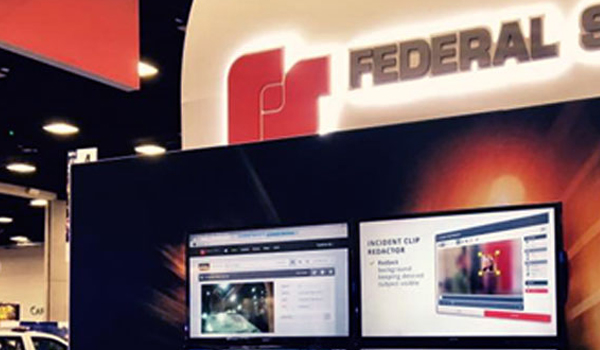Laser breathalyser can remotely detect alcohol in cars
A laser device that can detect the presence of alcohol vapours in passing vehicles is being tested that could help combat drunk-driving.

A laser device that can detect the presence of alcohol vapours in passing vehicles is being tested that could help combat drunk-driving.
The system works by detecting tiny changes in the laser beam as it passes through vapour and is capable of detecting alcohol at concentrations as low as 0.1 per cent.
Developed at the Military University of Technology in Warsaw, the laser system can be set up at the side of the road to monitor each car that passes. If alcohol vapours are detected, a message with an image of the car, including its numberplate, is sent to a police officer waiting down the road. The officer can then stop the car and check for signs of alcohol using conventional tests.
Marco Gianinetto, a researcher at the Politecnico di Milano, explained: We all are already familiar with laser instruments used by the police for speed-limit enforcement. Now these researchers have demonstrated how a laser device could be effectively used for detecting drunk-drivers and thereby helping to reduce the number of accidents caused by drivers under the influence of alcohol. In the future, a similar technology may be developed to detect different chemical compounds, enabling the detection of drivers under the influence of other intoxicants.
The research has been highlighted in an open-access article in the Journal of Applied Remote Sensing, Stand-off detection of alcohol in car cabins. Stand-off detection is a chemical and biological compound identification method using an eye safe laser.
The reports authors acknowledge that the device was also likely to identify cars where the driver was sober but the passengers were not, or if there was spilt alcohol in the car, but say that the device would surely decrease the number of cars that have to be checked by police and, at the same time, will increase efficacy of stopping drunken drivers.
Scientists tested the device by aiming its laser at a car passing by at a distance of up to 66ft (20m).
The cars interior had been filled with alcohol vapour, simulating the exhalations of a drinker inside the vehicle.
The results showed that the presence of alcohol vapours was detected at concentrations of 0.1 per cent and greater.
From the practical point of view, there seem to be some counter-measures, such as driving with windows open, solar screens on the side windows, etc, that can be applied by drivers to deceive the system, the authors concluded. However, such situations are very easily detected by the system, which sends this information to the police officer indicating that the car should be checked.
Other issues, such as driving with air-conditioning or fans, will be investigated in the next stages of the project. The researchers are also working to shrink the technology down into a more compact, powerful and user-friendly device that can be used by police.


